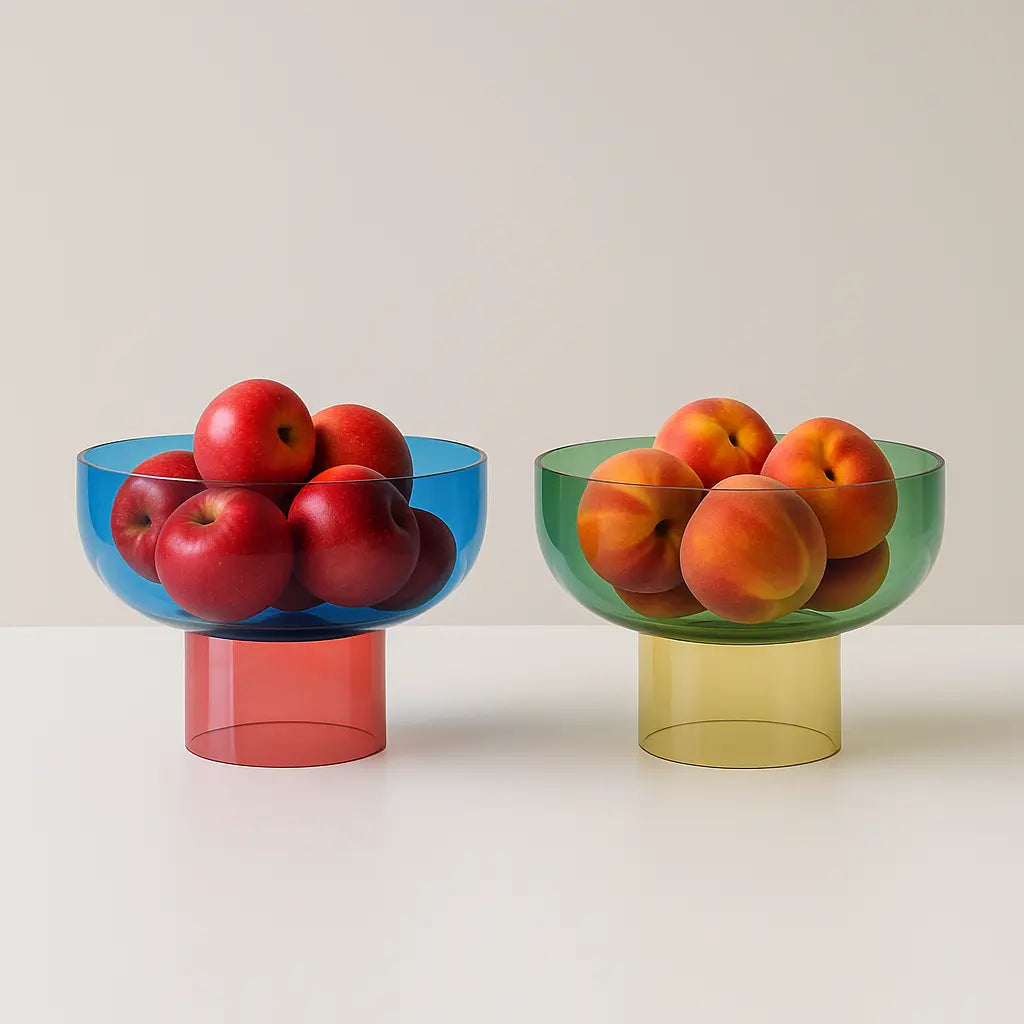The Cultural Significance of Clocks: Timekeeping in Art, Literature, and Film
Share
Clocks have been a part of human culture for centuries, and they have played an important role in art, literature, and film. Clocks are often used as symbols of time and mortality, and they have been featured in countless works of art and literature.
In art, clocks have been used as symbols of the passage of time and the inevitability of death. One of the most famous examples is Salvador Dali's painting "The Persistence of Memory," which features melting clocks draped over branches and rocks. The image of the melting clocks has become a popular cultural reference, symbolizing the fleeting nature of time and the transience of life.
In literature, clocks have been used to create a sense of urgency and tension, as characters race against the clock to complete a task or solve a problem. Clocks are often used as symbols of mortality, representing the finite nature of human existence. In Charles Dickens' "A Christmas Carol," the ghost of Christmas Yet to Come carries a large, ominous clock, which symbolizes the inevitability of death and the importance of making the most of the time we have.
In film, clocks have been used to create suspense and tension, as characters race against the clock to save the day or complete a mission. In the classic film "High Noon," the ticking of a clock serves as a constant reminder of the approaching danger, adding to the tension and drama of the story.
Clocks have also played an important role in cultural and religious traditions. In many cultures, clocks are used to mark the passage of time and the changing of the seasons. In some religions, clocks are used to signal the time for prayer or worship.
In conclusion, clocks have played an important role in human culture, serving as symbols of time, mortality, and the passage of life. Clocks have been featured in countless works of art, literature, and film, and they continue to inspire and captivate us with their beauty, functionality, and symbolism.


